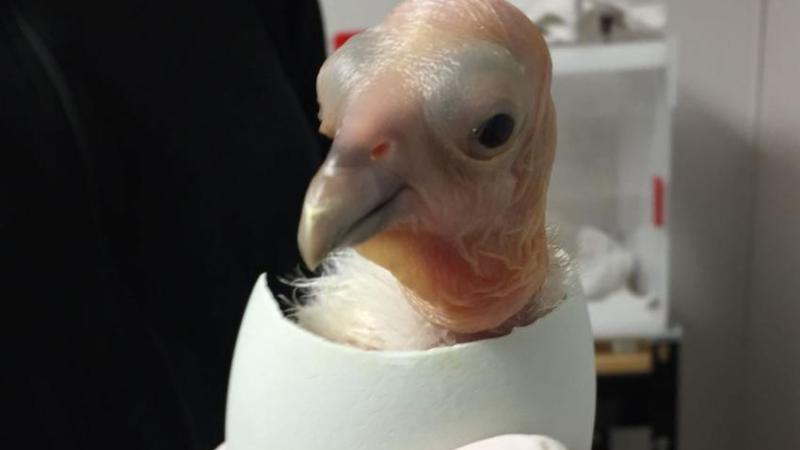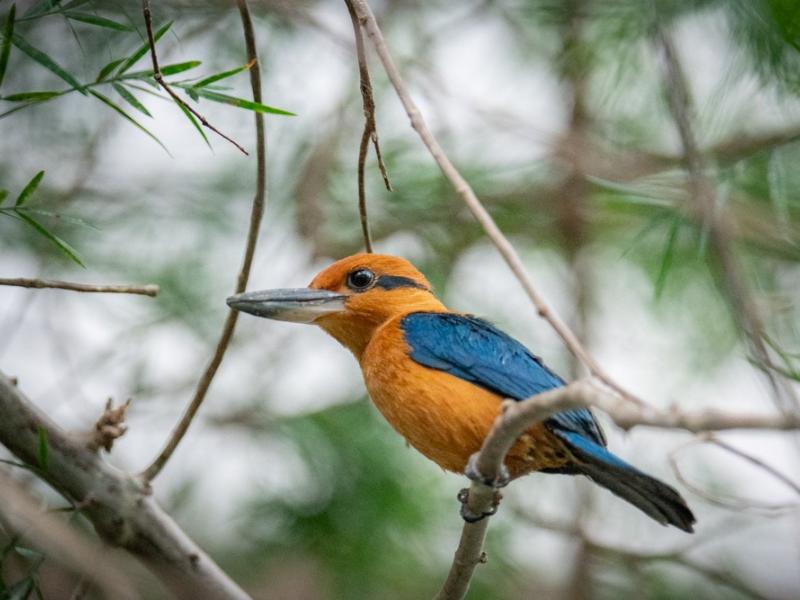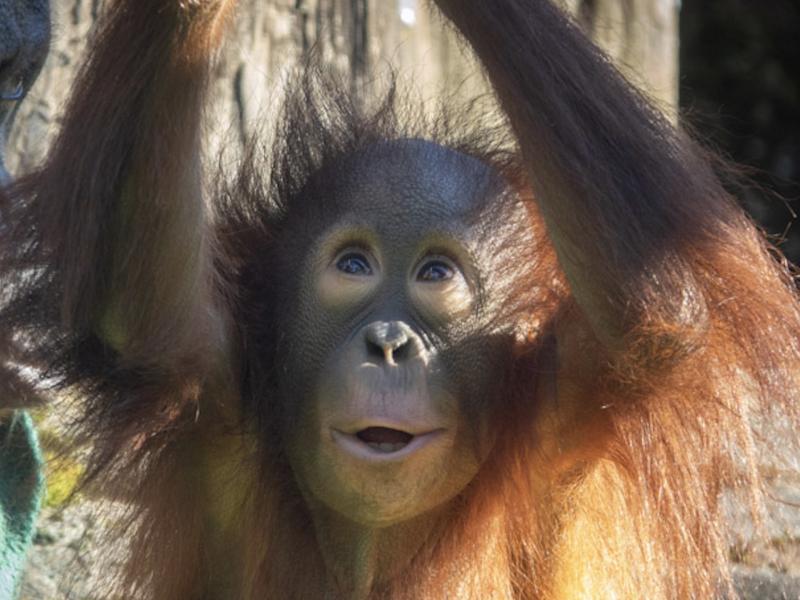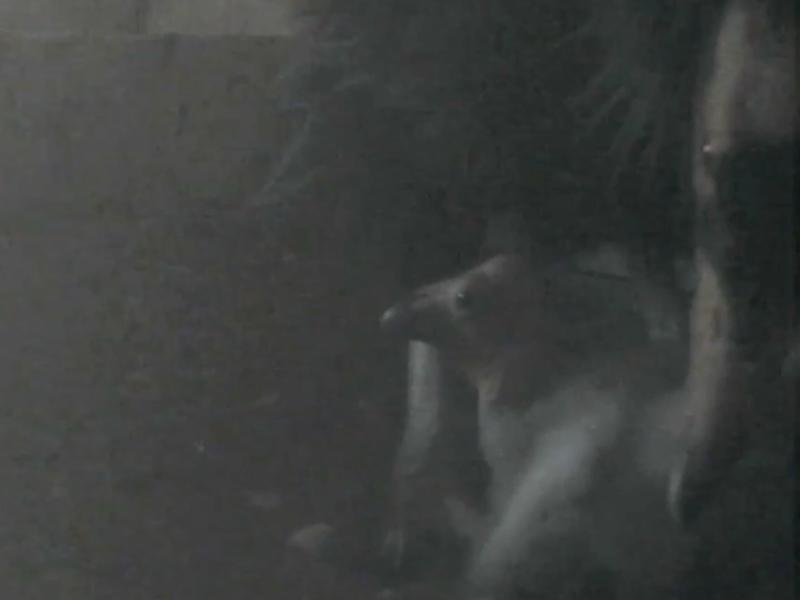
You can't aid in condor recovery without hatching a few eggs. The seventh California condor chick of the year arrived Thursday morning at Oregon Zoo's Jonsson Center for Wildlife Conservation, wrapping up another successful hatching season — a significant step forward in the recovery of this critically endangered species.
The new chick, California condor No. 943, is being kept snug and warm under brooding parents Atishwin, a 26-year-old male, and Ojai, a 34-year-old female.
"The egg hatched under its parents early this morning," said Travis Koons, who oversees the zoo's bird population. "All three birds are doing well."
No. 943 is the final chick in an eventful hatching season. Of its six fuzzy counterparts, one needed a little help out of its shell and another is getting a different sort of assist: puppet-rearing.
When the chick known as No. 909's parents unexpectedly left the nest after 18 days, keepers kept a close eye on the chick and waited for them to return. After two days, the parents still hadn't come back, so caregivers intervened, using a condor hand puppet (pictured at right) to feed the chick to prevent it from seeing or interacting with humans. Though puppet-rearing isn't unheard of for condors, it's typically only done in emergency situations like this one.
"We only help like this when we have to," said Kelli Walker, the zoo's lead condor keeper. "There are so few of these birds in the world that each new chick is incredibly important to the recovery of the species."
"We try to keep human interaction to a minimum," said Koons. "We use the puppet to deliver a bowl of food to the chick twice a day, and we'll continue to do that until it can feed itself at about 5 to 6 months old."
The Jonsson Center, home base for the zoo's condor recovery efforts, is located in rural Clackamas County on Metro-owned open land. The remoteness of the facility minimizes the exposure of young condors to people, thus increasing the chances for zoo-hatched birds to survive and breed in the wild.
This year's condor chicks will be under the watchful wings of their parents (or puppet) for at least eight months before moving to the Jonsson Center's pre-release pens for about a year and a half. Eventually, the birds will travel to a wild release site to join free-flying condors in California, Arizona or Baja Mexico.
The California condor was one of the original animals included on the 1973 Endangered Species Act and is classified as critically endangered. In 1982, only 22 individuals remained in the wild and by 1987, the last condors were taken into captivity in an attempt to save the species from extinction. Thanks to breeding programs like the Oregon Zoo's, the world's California condor population now totals more than 460 birds, most of which are flying free.
No. 943 is the 71st chick to hatch at the Jonsson Center since 2003, and 51 Oregon Zoo–reared birds have gone out to field pens for release. In addition, several eggs laid by Oregon Zoo condors have been placed in wild nests to hatch.
The Oregon Zoo's condor recovery efforts take place at the Jonsson Center for Wildlife Conservation, located in rural Clackamas County on Metro-owned open land. The remoteness of the facility minimizes the exposure of young condors to people, increasing the chances for captive-hatched birds to survive and breed in the wild. California condor breeding programs are also operated at San Diego Zoo's Wild Animal Park, the Los Angeles Zoo and the Peregrine Fund's World Center for Birds of Prey in Idaho.
More News

Zoo welcomes ultra-rare sihek kingfishers
The Oregon Zoo is home to many critically endangered species, but perhaps none as rare as its newest arrivals: a trio of sihek kingfishers.April 25, 2024

Jolene turns 2: Zoo to celebrate orangutan's 2nd birthday
The littlest member of the orangutan family is celebrating a big milestone this week: Jolene will turn 2 on Saturday.April 12, 2024

Seven chicks and counting: Zoo welcomes first condors of 2024
Seven fluffy chicks hatched last month at the Oregon Zoo’s Jonsson Center for Wildlife Conservation.April 5, 2024

